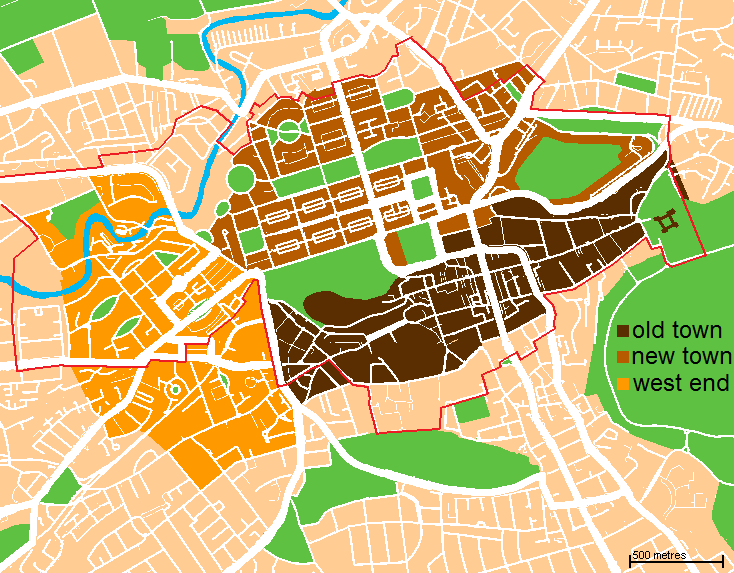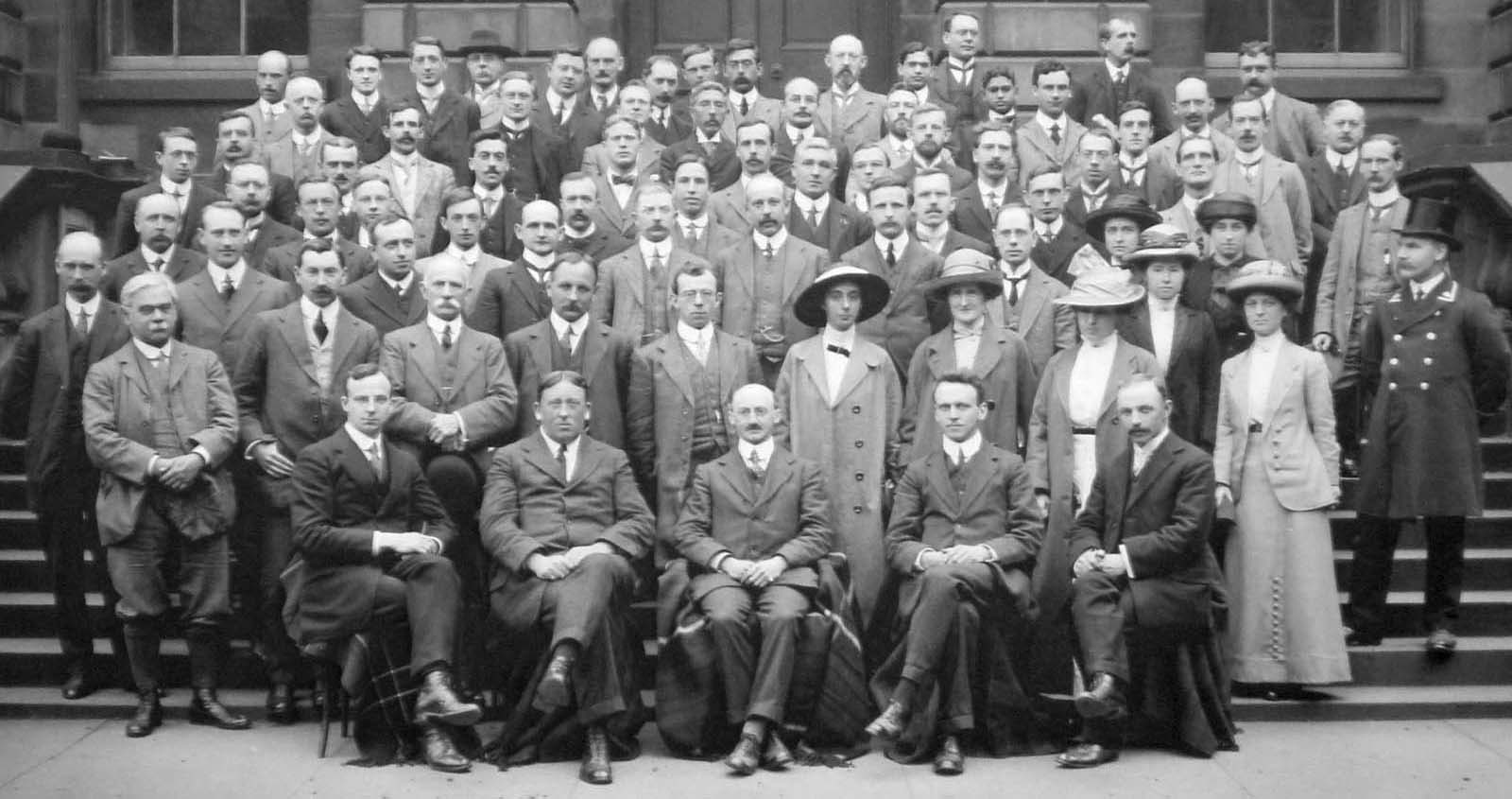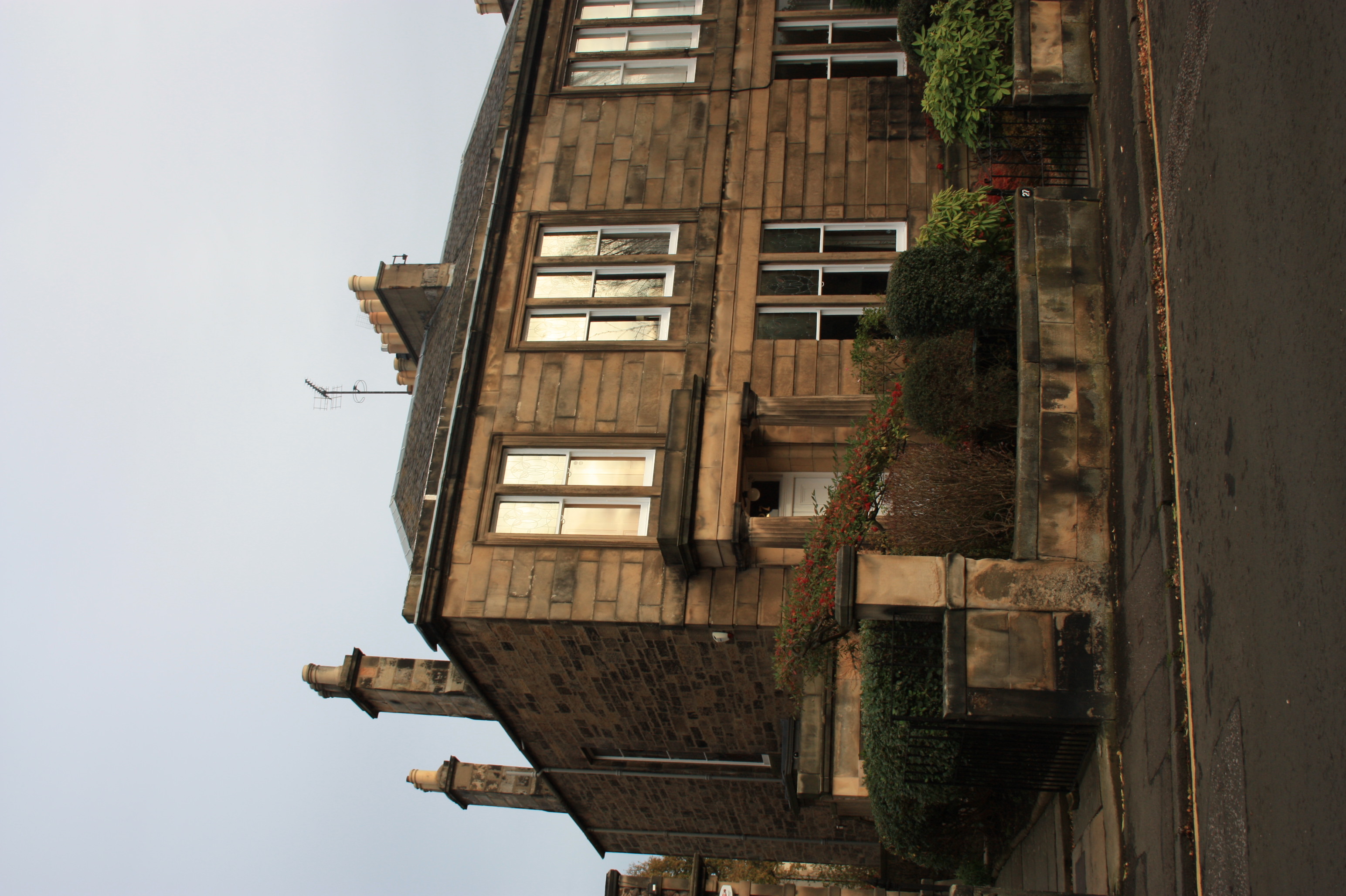|
Charles David Murray
Charles David Murray, Lord Murray (20 October 1866 – 9 June 1936) was a Scottish Tory politician, lawyer and judge. He became Lord Advocate in 1922. Life He was born in London the son of David William Murray, a merchant. Murray was educated at Edinburgh Academy and then studied aw at the University of Edinburgh, was admitted as an advocate in 1889 and appointed a King's Counsel in 1909. He was a Major in the Fourth Division of the Royal Engineers (Volunteers), resigning in 1907. He was on the War Office staff from 1915 to 1917, and was appointed a temporary Lieutenant Colonel and Director of National Service for Scotland in 1917. He was appointed a Companion of the Order of St Michael and St George (CMG; Military Division) in 1918. He became Sheriff of Renfrewshire and Buteshire in 1918, and was awarded an LLD by the University of Edinburgh in 1919. Murray was an unsuccessful parliamentary candidate in Edinburgh South in 1910, but was elected for the seat in Decembe ... [...More Info...] [...Related Items...] OR: [Wikipedia] [Google] [Baidu] |
Unionist Party (Scotland)
The Unionist Party was the main centre-right political party in Scotland between 1912 and 1965. Independent of, although associated with, the Conservative Party in England and Wales, it stood for election at different periods of its history in alliance with a small number of Liberal Unionist and National Liberal candidates. Those who became members of parliament (MPs) would take the Conservative Whip at Westminster as the Ulster Unionists did until 1972. At Westminster, the differences between the Scottish Unionist and the English party could appear blurred or non-existent to the external casual observer, especially as many Scottish MPs were prominent in the parliamentary Conservative Party. Examples include party leaders Bonar Law (1911–1921 and 1922–1923) and Sir Alec Douglas-Home (1963–1965), both of whom served as Prime Minister of the United Kingdom. The party traditionally did not stand at local government level but instead supported and assisted the Progressive Pa ... [...More Info...] [...Related Items...] OR: [Wikipedia] [Google] [Baidu] |
Privy Council Of The United Kingdom
The Privy Council (PC), officially His Majesty's Most Honourable Privy Council, is a formal body of advisers to the sovereign of the United Kingdom. Its membership mainly comprises senior politicians who are current or former members of either the House of Commons or the House of Lords. The Privy Council formally advises the sovereign on the exercise of the Royal Prerogative, and as a body corporate (as King-in-Council) it issues executive instruments known as Orders in Council which, among other powers, enact Acts of Parliament. The Council also holds the delegated authority to issue Orders of Council, mostly used to regulate certain public institutions. The Council advises the sovereign on the issuing of Royal Charters, which are used to grant special status to incorporated bodies, and city or borough status to local authorities. Otherwise, the Privy Council's powers have now been largely replaced by its executive committee, the Cabinet of the United Kingdom. Certai ... [...More Info...] [...Related Items...] OR: [Wikipedia] [Google] [Baidu] |
Member Of Parliament
A member of parliament (MP) is the representative in parliament of the people who live in their electoral district. In many countries with bicameral parliaments, this term refers only to members of the lower house since upper house members often have a different title. The terms congressman/congresswoman or deputy are equivalent terms used in other jurisdictions. The term parliamentarian is also sometimes used for members of parliament, but this may also be used to refer to unelected government officials with specific roles in a parliament and other expert advisers on parliamentary procedure such as the Senate Parliamentarian in the United States. The term is also used to the characteristic of performing the duties of a member of a legislature, for example: "The two party leaders often disagreed on issues, but both were excellent parliamentarians and cooperated to get many good things done." Members of parliament typically form parliamentary groups, sometimes called caucuse ... [...More Info...] [...Related Items...] OR: [Wikipedia] [Google] [Baidu] |
Keith Murray, Baron Murray Of Newhaven
Keith Anderson Hope Murray, Baron Murray of Newhaven, KCB (28 July 1903 – 10 October 1993) was a British academic and Rector of Lincoln College, Oxford. Early life He was the son of Lord Murray, a Senator of the College of Justice, and his wife Annie Florence Nicolson. Educated at Edinburgh Academy and the University of Edinburgh where he gained a BSc in Agriculture, Murray went into employment with the Ministry of Agriculture from 1925 to 1926. He was then awarded a Commonwealth Fund Fellowship, and spent three years at Cornell University where he was awarded a PhD. In 1929 he attended Oriel College, Oxford, and the Agricultural Economics Research Institute (AERI) until 1932. He died on 10 October 1993 and is buried with his parents and siblings in Warriston Cemetery in north Edinburgh. Career He became a Research Officer for the AERI, a post he held until 1944. In 1937, however, he was appointed a Fellow and Bursar of Lincoln College, Oxford, as well as being appointe ... [...More Info...] [...Related Items...] OR: [Wikipedia] [Google] [Baidu] |
Warriston Cemetery
Warriston Cemetery is a cemetery in Edinburgh. It lies in Warriston, one of the northern suburbs of Edinburgh, Scotland. It was built by the then newly-formed Edinburgh Cemetery Company, and occupies around of land on a slightly sloping site. It contains many tens of thousands of graves, including notable Victorian and Edwardian figures, the most eminent being the physician Sir James Young Simpson. It is located on the north side of the Water of Leith, and has an impressive landscape; partly planned, partly unplanned due to recent neglect. It lies in the Inverleith Conservation Area and is also a designated Local Nature Conservation Site. The cemetery is protected as a Category A listed building. In July 2013 the Friends of Warriston Cemetery was inaugurated to reveal the heritage and to encourage appropriate biodiversity. The address of the cemetery is 40C Warriston Gardens, Edinburgh EH3 5NE. History Designed in 1842 by Edinburgh architect David Cousin, the cemet ... [...More Info...] [...Related Items...] OR: [Wikipedia] [Google] [Baidu] |
Fife
Fife (, ; gd, Fìobha, ; sco, Fife) is a council area, historic county, registration county and lieutenancy area of Scotland. It is situated between the Firth of Tay and the Firth of Forth, with inland boundaries with Perth and Kinross (i.e. the historic counties of Perthshire and Kinross-shire) and Clackmannanshire. By custom it is widely held to have been one of the major Pictish kingdoms, known as ''Fib'', and is still commonly known as the Kingdom of Fife within Scotland. A person from Fife is known as a ''Fifer''. In older documents the county was very occasionally known by the anglicisation Fifeshire. Fife is Scotland's third largest local authority area by population. It has a resident population of just under 367,000, over a third of whom live in the three principal towns, Dunfermline, Kirkcaldy and Glenrothes. The historic town of St Andrews is located on the northeast coast of Fife. It is well known for the University of St Andrews, the most ancient univers ... [...More Info...] [...Related Items...] OR: [Wikipedia] [Google] [Baidu] |
New Town, Edinburgh
The New Town is a central area of Edinburgh, the capital of Scotland. It was built in stages between 1767 and around 1850, and retains much of its original neo-classical and Georgian period architecture. Its best known street is Princes Street, facing Edinburgh Castle and the Old Town across the geological depression of the former Nor Loch. Together with the West End, the New Town was designated a UNESCO World Heritage Site alongside the Old Town in 1995. The area is also famed for the New Town Gardens, a heritage designation since March 2001. Proposal and planning The idea of a New Town was first suggested in the late 17th century when the Duke of Albany and York (later King James VII and II), when resident Royal Commissioner at Holyrood Palace, encouraged the idea of having an extended regality to the north of the city and a North Bridge. He gave the city a grant:That, when they should have occasion to enlarge their city by purchasing ground without the town, or to build ... [...More Info...] [...Related Items...] OR: [Wikipedia] [Google] [Baidu] |
William A
William is a male given name of Germanic origin.Hanks, Hardcastle and Hodges, ''Oxford Dictionary of First Names'', Oxford University Press, 2nd edition, , p. 276. It became very popular in the English language after the Norman conquest of England in 1066,All Things William"Meaning & Origin of the Name"/ref> and remained so throughout the Middle Ages and into the modern era. It is sometimes abbreviated "Wm." Shortened familiar versions in English include Will, Wills, Willy, Willie, Bill, and Billy. A common Irish form is Liam. Scottish diminutives include Wull, Willie or Wullie (as in Oor Wullie or the play ''Douglas''). Female forms are Willa, Willemina, Wilma and Wilhelmina. Etymology William is related to the given name ''Wilhelm'' (cf. Proto-Germanic ᚹᛁᛚᛃᚨᚺᛖᛚᛗᚨᛉ, ''*Wiljahelmaz'' > German ''Wilhelm'' and Old Norse ᚢᛁᛚᛋᛅᚼᛅᛚᛘᛅᛋ, ''Vilhjálmr''). By regular sound changes, the native, inherited English form of the name shoul ... [...More Info...] [...Related Items...] OR: [Wikipedia] [Google] [Baidu] |
Edmund Taylor Whittaker
Sir Edmund Taylor Whittaker (24 October 1873 – 24 March 1956) was a British mathematician, physicist, and historian of science. Whittaker was a leading mathematical scholar of the early 20th-century who contributed widely to applied mathematics and was renowned for his research in mathematical physics and numerical analysis, including the theory of special functions, along with his contributions to astronomy, celestial mechanics, the history of physics, and digital signal processing. Among the most influential publications in Whittaker’s bibliography, he authored several popular reference works in mathematics, physics, and the history of science, including ''A Course of Modern Analysis'' (better known as ''Whittaker and Watson''), ''Analytical Dynamics of Particles and Rigid Bodies'', and ''A History of the Theories of Aether and Electricity''. Whittaker is also remembered for his role in the relativity priority dispute, as he credited Henri Poincaré and Hendrik Lorentz ... [...More Info...] [...Related Items...] OR: [Wikipedia] [Google] [Baidu] |
Francis Grant Ogilvie
Sir Francis Grant Ogilvie CB FRSE (8 August 1858 – 14 December 1930) was a Scottish educator, museum director, and scientist. Birth, parentage and early career Ogilvie was born in Monymusk, Aberdeenshire, the eldest son of the Reverend Alexander Ogilvie, headmaster of Robert Gordon's College, Aberdeen, and his wife Maria Matilda (née Nicoll). His younger sister, Dame Maria Gordon, was an eminent scientist in the fields of geology and palaeontology. He was educated at the Aberdeen Grammar School and University of Aberdeen ( MA, 1879). After graduating, he "came to Edinburgh where in addition to Engineering he devoted much attention to Natural Science. He was a favourite pupil of Sir Archibald Geikie and a friend of Sir John Murray of Challenger fame, and throughout his life he was an ardent student of Physical Geology, and in particular of the relation of geology to scenery and the economic applications of geological investigations" (''Proceedings of the Royal Society o ... [...More Info...] [...Related Items...] OR: [Wikipedia] [Google] [Baidu] |
James Hartley Ashworth
James Hartley Ashworth FRS FRSE DSc SZS (2 May 1874 – 4 February 1936) was a British marine zoologist. Life See He was born on 2, May 1874, in Accrington in Lancashire, the only son of James Ashworth. He spent most of his early life in Burnley, attending the Carlton Road School there. He appears to have befriended Dr James MacKenzie during his youth, due to MacKenzie's role as the family GP, and his interest in science was awakened. MacKenzie appears to have had a mentoring role during his teenage years. Ashworth was encouraged to train, and went to Manchester to study Chemistry at Owen's College. Here he quickly found a new interest and changed to study Zoology. He then moved to London University where he received a BSc with Honours in Zoology and Botany in 1895. In 1899 he received a Doctorate in the same subject. He obtained a post in Naples in Italy where his interests began to focus upon marine biology. In 1901 he became a lecturer in invertebrate zoology at the Univ ... [...More Info...] [...Related Items...] OR: [Wikipedia] [Google] [Baidu] |







